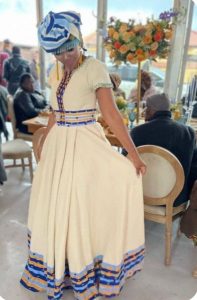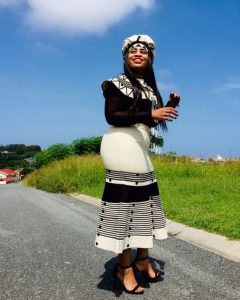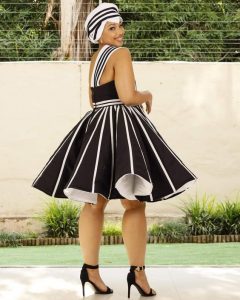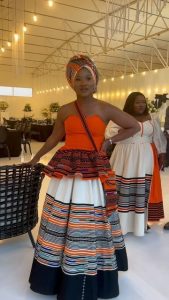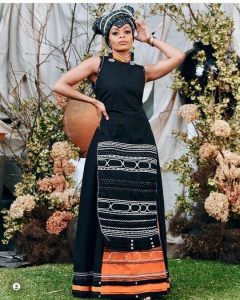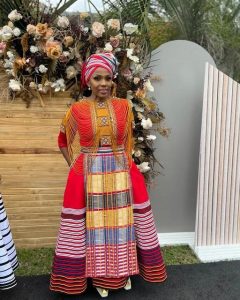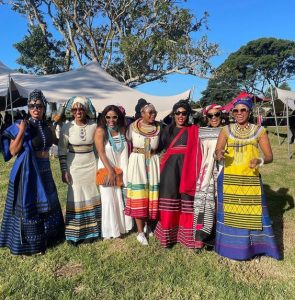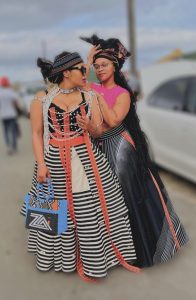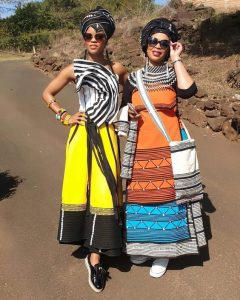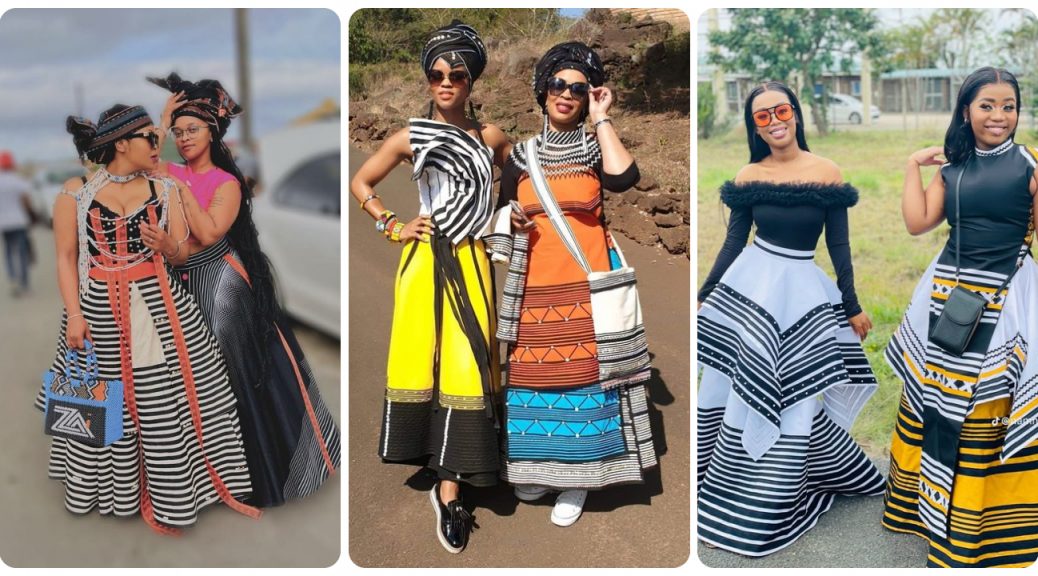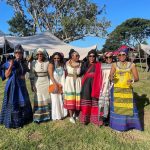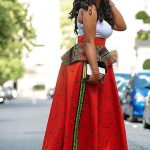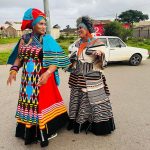Exploring the Beauty and Tradition of Xhosa Attire
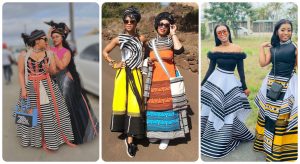
Introduction to Xhosa Attire
Introduction to Xhosa traditional clothing

Xhosa traditional attire is known for its vibrant colors, intricate beadwork, and unique designs. Traditional Xhosa clothing typically includes items like the isidwaba (skirt), bhikshu (traditionally made from animal skin or modern fabrics), and the inside (top). Accessories such as beaded necklaces, bracelets, and headpieces are also prominent in Xhosa attire, showcasing the rich cultural heritage of the Xhosa people.
Influence of tradition and culture on Xhosa attire
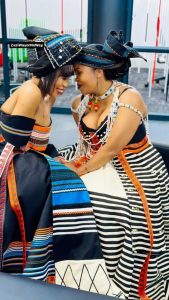
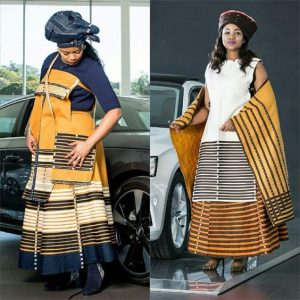
Xhosa attire is deeply rooted in tradition and culture, with each garment and accessory holding symbolic meaning. The colors and patterns used in Xhosa clothing often reflect aspects of nature, spirituality, and social status. The intricate beadwork seen in Xhosa attire is a testament to the craftsmanship and artistry that has been passed down through generations. Overall, Xhosa attire serves as a visual representation of the history, beliefs, and values of the Xhosa people.
History of Xhosa Attire
Historical significance of Xhosa attire
Xhosa traditional attire holds profound historical significance, embodying the customs and beliefs of the Xhosa people. Each garment and accessory in Xhosa clothing carries symbolic meanings tied to nature, spirituality, and social hierarchy. The vibrant colors and intricate beadwork are reflections of a rich cultural heritage that has been preserved through generations.
Evolution of Xhosa traditional clothing over the years
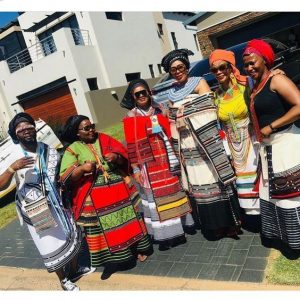
Over the years, Xhosa traditional clothing has evolved while still retaining its cultural essence. Modern fabrics have been incorporated alongside traditional animal skins in garments like the bhikshu. Despite these changes, the craftsmanship and artistry of Xhosa attire continue to showcase the proud heritage and values of the Xhosa people.
Modern adaptations and trends in men’s Xhosa clothing
Modern adaptations of Xhosa attire for men have seen the integration of contemporary fabrics and styles, blending the traditional with the modern. While the core elements of Xhosa clothing remain, there is a trend towards incorporating a fusion of designs to cater to evolving fashion tastes while still honoring the roots and symbolism of the attire.
Xhosa Attire for Women
Traditional attire for Xhosa women
Xhosa women traditionally wear a long skirt, a top, a headscarf, and a blanket. The skirts are often colorful and embellished with patterns while the blanket serves both a practical and symbolic purpose. These traditional garments are essential in showcasing a woman’s cultural heritage and identity within the Xhosa community.
Incorporation of beadwork and colors in women’s Xhosa clothing
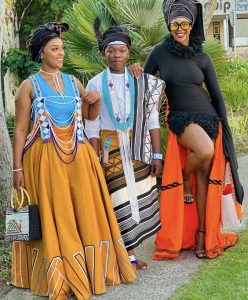
Modern adaptations of Xhosa attire for women feature vibrant beadwork and various colors. The incorporation of beadwork necklaces, bracelets, and colorful patterns in the clothing reflects a blend of traditional aesthetics with contemporary fashion trends. This merging of elements ensures that women’s Xhosa clothing remains a symbol of cultural pride while also embracing modern influences.
Accessories in Xhosa Attire
Significance of accessories in Xhosa traditional attire
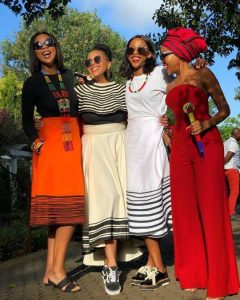
In Xhosa traditional attire, accessories play a crucial role in enhancing the outfit’s overall look and cultural significance. They are not merely decorative but hold symbolic meanings that connect individuals to their heritage and community.
Popular accessories worn with Xhosa clothing

The accessories commonly worn with Xhosa clothing include intricately beaded necklaces, bracelets, and belts. These accessories are traditionally handmade and often feature vibrant colors and geometric patterns, adding a touch of elegance and individuality to the attire. Additionally, headscarves and hats are worn to complement the outfit and complete the traditional look.
Exploring the Beauty and Tradition of Xhosa Attire

